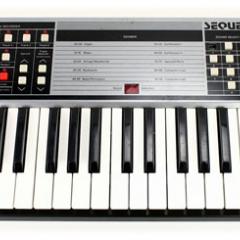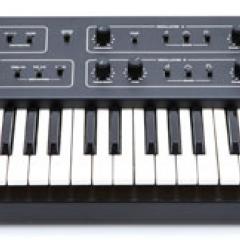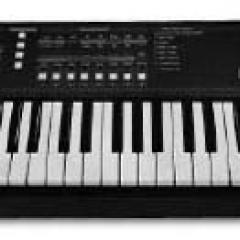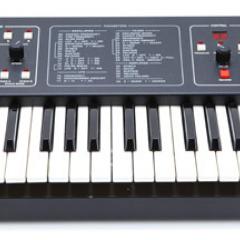Sequential Circuits MultiTrak
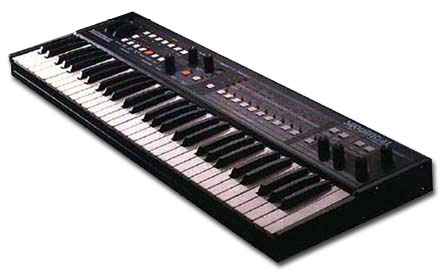
Sequential's MultiTrak had everything - for its time - and to this day, it still sounds great! During the era of the Roland Juno synths, Sequential overhauled their programmable little SixTrak analog sequencer synthesizer and came up with the MultiTrak. It's a six voice analog synth with sophisticated filters, envelopes, modulation capabilities and built-in sequencing.
As was the developing trend around this time in the mid-eighties, programming was being streamlined into using the buttons on the matrix keypad to assign parameters to a rotary knob. (The only dedicated knobs are for sequencer volume and speed, chorus depth and rate, master tune and volume.) There are 99 memory patches for your analog sound creations. It also features a nice arpeggiator with hold and transpose functions. But lying at its heart is a sophisticated (for 1985) onboard sequencer. It could store up to four polyphonic sequences with a metronome, 1600 note memory, an overdubbing mode and quantizing (autocorrect) functions, individual track volume and speed controls. Sequences could be chained together and patches could be changed on the fly. Sequences are recorded in real-time (no step-time modes here).
Additional features include MIDI in/out, six separate audio ouptuts (one for each voice) and a stereo output, built-in stereo chorus effect and a 5-octave keyboard with velocity sensitivity and split/layer modes (layer up to six different patch sounds onto one note). With an original list price of about $1,500, these days they can be found closer to $300 - a great bargain for classic Sequential sounds with onboard sequencing and patch memory.
Demos & Media
Specifications
Websites of Interest
Resources
Images from Synthony.
Review updated October 2010
